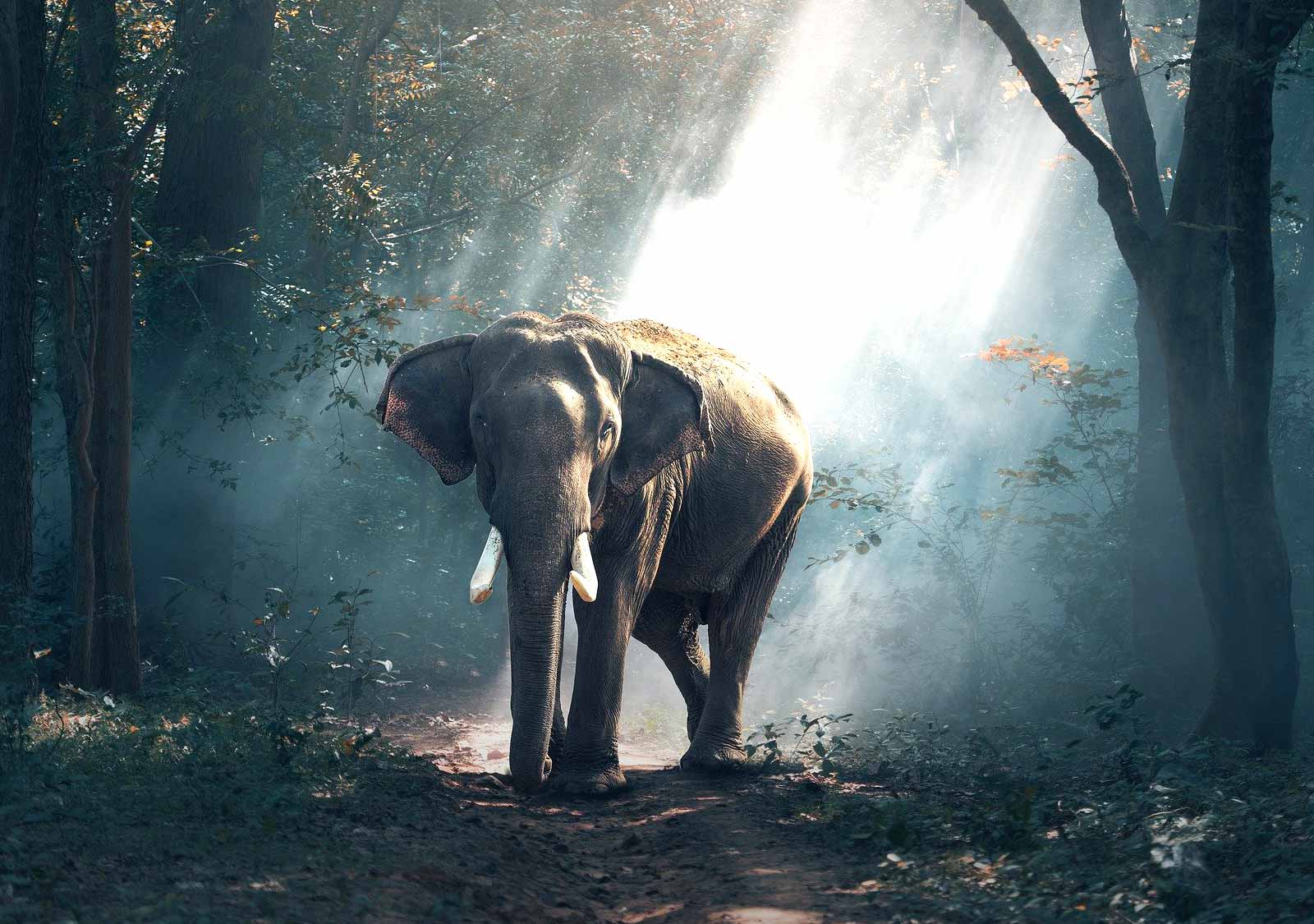Tricks for Capturing Creative Photography

Creativity adds a special blend to photography. The combination of creativeness along with the photography makes a fantastic artwork. Always aim for creativity while capturing photos. Creative photography tips and tricks are great for adding an expert look to your photos. Once you discover how to do a few of these tricks, you’ll see a great development in your photos.
Learning how to stop action is a great skill. You’ll start using it frequently in your photography. There are just a few ways to do this – only one if you are using a simple point-and-shoot camera.
This first method works for both the DSLR user and the point-and-shoot. Match your action to your subject. This is called PANNING. Panning is where you physically attempt to move your body to keep your subject in the viewfinder as it moves by. This is done in a smooth fashion, never jerky.
For instance, if you were trying to shoot a runner in a track meet. Then you would lock your viewfinder onto him a good 50ft before he gets to you. Then, using a smooth body-twisting motion, follow him in your viewfinder until he is right where you want him. And gently press the button to take the picture as you are still moving. The outcome, if you got it right, is that the runner will be in sharp focus but the background will be very blurred due to your motion. This is a great artistic photography trick that anyone can comprehend with little training.
One more way of halting activity requires a camera that can change its shutter speed. A computerized single-focal point reflex camera would get the job done. At the point when you can change the speed of the shutter, you have the ability to stop the activity. That is exactly how rapid cameras work to show a water droplet falling or those life-sized example shots. Faster speed is too high shutter speed.
On a DSLR camera, shutter velocities of 1/4000 second or quicker are conceivable. Regularly, most photographs are taken in the 1/100-1/250 second reach. Notwithstanding, as you speed up your shutter speed, your capacity to freeze the activity increments.
For instance, utilizing a similar circumstance with the track sprinter, but a higher shutter speed of say 1/1000 second. Rather than planning to maintain the subject in focus you could simply delay until it was in the legitimate position and crush the shutter. The chances for this situation are a lot more prominent that your subject would be in the sharp centre since it isn’t convoluted by including your own body movement.
One more advantage of utilizing the high screen speed inventive photography stunt is that both your subject and the foundation are in the focus. Contrast this with panning where the subject is in concentrate yet the background is obscured.
Whatever impact you want or desire, the capacity to modify shutter speed can add another aspect and quality to your imaginative photography.
